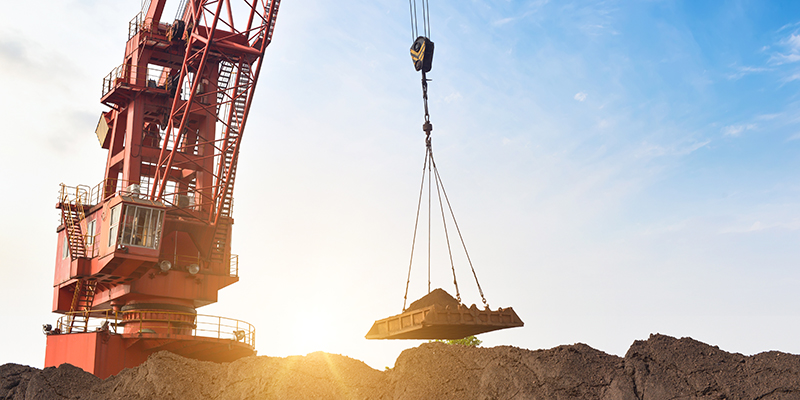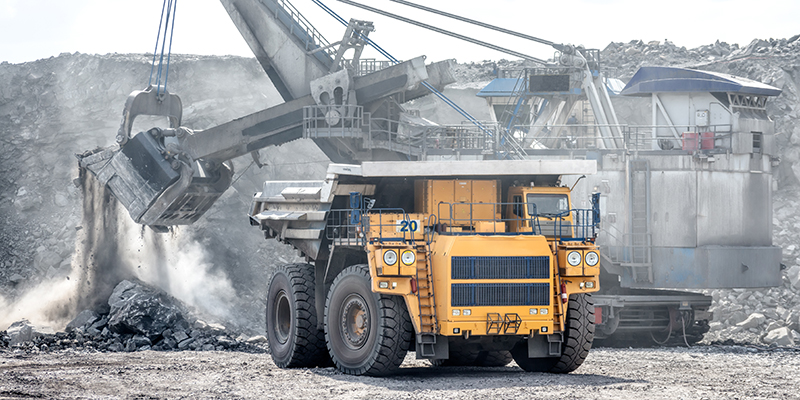
Optimizing Efficiency: Heavy-Duty Lifting Slings in Material Handling
In the realm of lifting machinery, various types of cranes serve diverse purposes and exhibit significant structural differences. However, they all share a fundamental lifting mechanism that enables vertical movement. While some lifting machinery incorporates mechanisms for travel, slewing, or specialized functions, they invariably feature a lifting mechanism that achieves the basic task of lifting and lowering. The materials being lifted can be suspended using flexible components such as steel wire ropes or lifting chains, or through the application of rigid elements like screws.
Lifting machinery, a cornerstone of modern production, facilitates the displacement of heavy objects, thereby alleviating labor intensity and enhancing productivity. While the structural configurations of lifting machinery differ due to their specific applications, they collectively contribute to material handling, serving as an indispensable component across various industries. Some types of lifting machinery even enable specific process operations within production, driving mechanization and automation.
Lifting machinery has enabled humankind to conquer and reshape nature, making possible tasks that were once deemed insurmountable. From the assembly of massive ship segments to the lifting of entire chemical reaction towers and steel roof trusses in sports stadiums, the applications are diverse and impactful. The use of lifting machinery experiences strong market demand and excellent economic viability, driving the rapid growth of the heavy machinery manufacturing industry, with an average annual growth rate of approximately 20%.
The significance of lifting and transportation machinery becomes evident when considering the handling volumes compared to product weight. In certain industries, like mechanical manufacturing, the material handling volume using lifting machinery can often surpass the weight of the final product by dozens or even hundreds of times. For instance, in machinery processing, the transportation of materials during the production of 1 ton of product may involve handling and moving 50 tons of materials, while in the casting process, this figure can reach 80 tons. Similarly, within the metallurgical industry, the transportation of 1 ton of steel requires handling 9 tons of raw materials, with intra-workshop transfers ranging from 63 to 160 tons.
The role of lifting machinery in driving efficiency is pivotal across various industries. In traditional sectors, such as mechanical manufacturing and metallurgy, the costs associated with lifting and transportation comprise a substantial proportion of total production expenses. For instance, in mechanical manufacturing, these costs can range from 15-30% of total production expenses, while in the metallurgical industry, they can account for 35-45%. Furthermore, the transportation industry heavily relies on lifting and transportation machinery for loading, unloading, and storage processes, with handling costs representing a significant share of total shipping expenses, ranging from 30-60%.

As industries continue to prioritize efficiency, the role of heavy-duty lifting slings becomes ever more critical. These slings play a crucial role in supporting the lifting and transportation tasks performed by various lifting machinery, enabling safe, efficient, and cost-effective material handling solutions. Through their robust design and reliable performance, heavy-duty lifting slings contribute to optimizing efficiency in material handling processes, a cornerstone of modern industrial operations.

